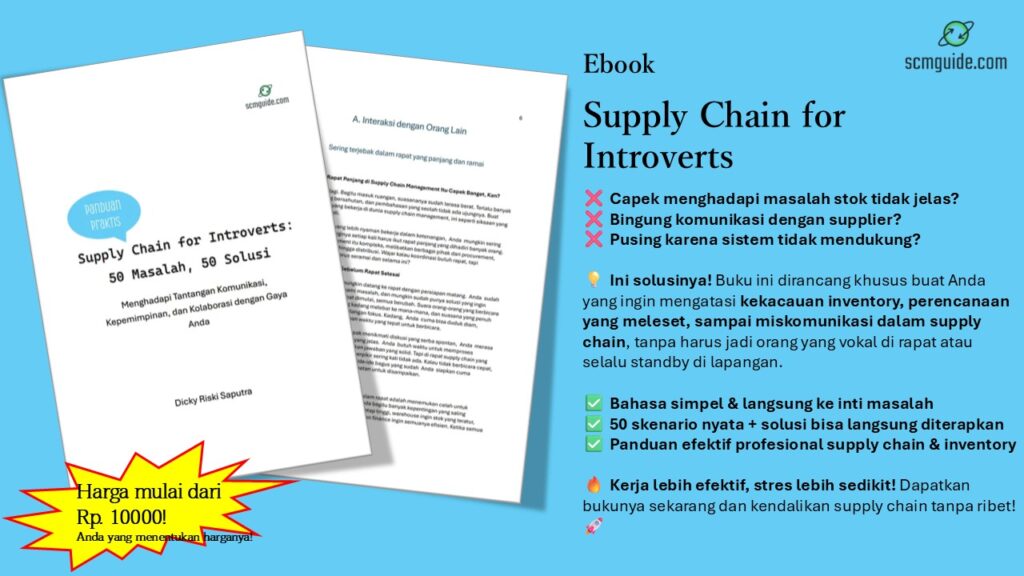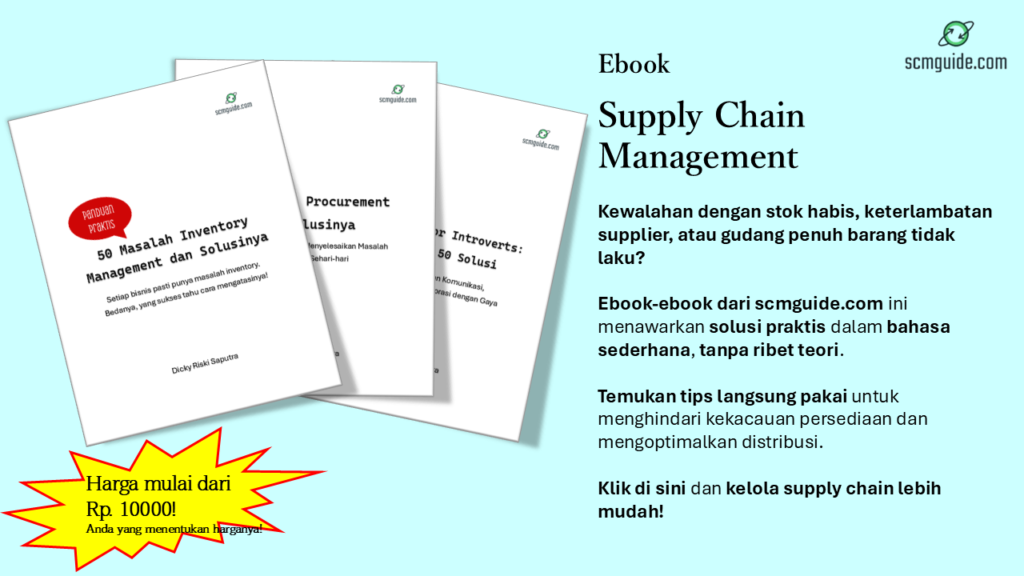Company C is having trouble getting cash. All of their money is invested in their inventory items. So, it’s hard for them to pay for their daily operations. Their business is affected by how much excess stock they keep.
It’s easy to find stock that’s excessive. You can tell which things haven’t moved in a long time just by walking around the warehouse.
Look at where the dirty stuff is piled up. That’s the worst example of deadstock, which is stock that is no longer useful.
What is too much inventory?
Stock you have more of than you need is called “excess stock.” It hurts your company.
Deadstock is easier to find than excess stock.
You need to figure out what you need first, and then you can figure out what you have too much of. That is, anything beyond these needs.
The warehouse’s resources will be used up by too much stock. Also, it changes the cash flow.
The more important cashflow is to you, the more you have to look for excess stock.
More importantly, what can be done to reduce and stop it from happening again.
Before we continue this important conversation, make sure you have joined the scmguide telegram channel to get more tips on supply chain management.
Table of Contents
Identify excess stock
Set up a system for your items to help you find the ones you have too much of. What would fit into this group?
It must be right because it is important.
For instance, all stock that is more than what is needed is “excess stock.” Even more so if your policy is to have no stocks. So, you shouldn’t have any stock.
How much do you have to have stock? This is what you need to explain. More than that, it’s part of what’s called “excess stock.”

How much stock you need depends on how much people need, plus a little extra just in case. Plus, the cycle of stock replenishment. That’s the most you can have.
More than that, it is considered “excess stock.” That’s not acceptable.
When you talk about stock, you have to figure it out carefully. Your level of delivery service must match the amount of stock you have.
Make sure you have: accurate forecasts, accurate lead times, an accurate replenishment cycle, and accurately calculated safety stock.
Why?
It will tell you how much extra stock you can get rid of.
If the numbers are wrong, there may not be enough stock or there may be too much.
And it affects how quickly you can get the order to the customer.
Think about this if you want to set up a Warehouse Management System (WMS). Make sure the WMS takes the lead time into account.
The cost of having too much stock is not always clear.
In fact, it raises the costs of running a warehouse, including insurance costs.
You should also think about how much the goods have lost in value.
Not only that, but your money is stuck in your inventory when you could be using it to pay for other things.
The faster you sell your items, the more money you will make. Vice versa.
Having too much stock ties up your money. It doesn’t solve any problem. Even getting rid of it could happen in the end.
Write-off is the last option, but sometimes you need to get rid of your extra stock so that your storage costs don’t keep going up.
You might also like:
- 10 Ways to Reduce Supply Chain Costs by a Huge amount
- 8 Good Ways to Bring Down the Cost of Running a Warehouse
Why do you have excess stock?
Inaccurate forecasting
Overestimation, which led to having excess stock.
Plus, it takes a long time to place an order, which makes it more likely that too much stock will build up.
Buy in bulk
When you buy more, you pay less.
It seems like a good idea, but that isn’t always the case.

Learn how goods are turned into money by businesses. You will understand why it is not a good idea to buy too much inventory.
Wrong calculation of lead time
If you think the lead time is longer than it is, your inventory will build up.
The things you ordered come before you need them. This includes stock that doesn’t get there when it should.
Inventory Management System that isn’t reliable
The Inventory Management System should tell you when, what, and how much you should buy.
If it doesn’t work that way, you’ll only buy things based on how you feel about them. And that’s not good.
Everyone is free to think what they want. And most of the time, it’s not based on data.
Minimum Order Quantity
It’s not always cheaper to buy based on the MOQ.
Often, it’s better to buy a few things at a slightly higher price than to buy a lot of things at a lower price but have too many of them.
Not only are storage costs going up, but warehouse operations are also being messed up.
Buy unique items without customer orders
If you buy a unique item but no one orders it, it’s the same as making your own excess stock.
Standard goods are what most customers want, so it doesn’t matter if you buy them or not. But if it’s a unique item, things are different.
For unique items, make sure the customer has ordered it.
Buying new products without first doing research on the market
If there is a new product on the market, don’t buy it right away. Make sure it meets the needs of your customers.
If you don’t, you’ll end up with too much of it.
You might also like:
- 4 Important Things to Put in Your Logistics Budget
- How to Get the Most Out of Your ERP System: 8 Smart Ways
Buying too many products that have an expiration date
If you have to buy something that has an expiration date, use it before it goes bad.
Make sure that the stock you buy will be used up before it goes bad.
Excessive buying products with short life cycle
If you buy too many products with short life cycle, you may have too much stock and have to sell them at a lower price if they are not sold out.
Conclusion
It’s not easy to avoid having excess stock. But you can do it.
Find out why you have excess stock at your place. The nine things listed above could be the main reasons. Then you’ll know how to avoid having excess stock.
So, go to the warehouse by walking. Check to see how much excess stock you have and think about it.
“If you think this article is helpful, share it with your friends and join the scmguide telegram channel to get more tips. You can use any of the articles on this blog for anything, even for commercial purpose, without having to give credit.”

 by
by 



